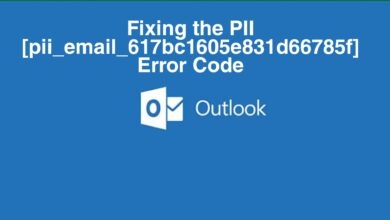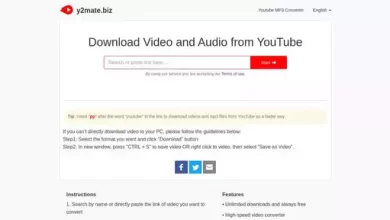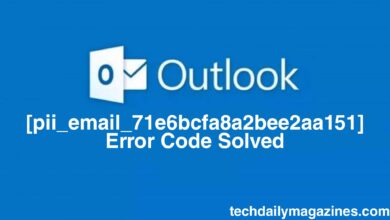The process of turning raw data into an organized well-structured representation is known as Data Parsers, an important part of web scraping. During programming, there are two parts in data parsing:
●Lexical Analysis: Where a string is converted into tokens
●Syntactic Analysis: Where previously created tokens are to be used for the creation of a parse tree which represents their inter-connected relations.
To parse the data, we need to understand two things:
●Identify the data that is required from the HTML File.
●Structuring the data in a representation that is easily understandable.
The Need for Data Parsing
When data is scraped, it is in HTML form as a whole, which includes complex expressions that only machines can understand and convert into a webpage. Extracting useful information from HTML can be next to impossible if done manually. This is where data parsing comes in, it reads the HTML code and filters unwanted expressions and information from the raw data, leaving only relevant details which were required by the user.
As the need to obtain information grew, many developers started working to develop standardized software-based data parsers that could be used commercially for those who want to obtain data. Through rigorous testing and widespread use, these data parsers have become an integral part of the web scraping world. Organizations invest in self-built data parsers so that their competitors are unaware of their extraction parameters.
Build vs. Buy
Data parsers can both be self-built or bought from service providers easily, but it’s important to know about the benefits of each option.
●Building your own parser: It is relatively cheaper to build your own parser than to buy a pre-built one, especially if your organization has skilled developers that can immediately start building one specially tailored to the needs of the organization. Self-built parsers give the organization complete control over them. Even non-developers are a part of the process as the team needs the information and knows exactly what they want. After deployment, the developers can easily debug the parser along the way, whenever it is required as they are the ones who built it and possess extensive knowledge about the parser and the internal code that is used.
●Buying a pre-built parser: These pre-built parsers save time and other resources that are required to build a parser, especially when the organization lacks a dedicated development team. These parsers are usually 100% effective as they have been tested numerous times, both in-house and in the market. Also, there are third-party reviews also available on the internet about any specific parser. If the pre-built runs into a problem, their developers have a 24×7 support system that can easily help their clients out.
Parsing Data from the Internet
If you are thinking of parsing a simple webpage, follow these steps:
●Find the elements you want to scrape; this can be easily done by inspecting the website’s
DOM tree.
●After identification; give your parser clear instructions regarding the location. This can be done by either using CSS selectors or software called XPath.
In either way, the HTML source needs to be downloaded before the parser can extract the desired elements from the source. Information is then stored according to the user’s required format. In the case of multiple pages, the user needs to consider a good crawling logic for easy navigation.
Challenges
If the user is working on a smaller scale, then data parsing is a simple straightforward task, but can easily spiral out of control if the parameters are not provided logically. Some challenges related to data parsing that need to be considered are:
●Variations in page structure: Large e-commerce websites usually insert variations in their HTML code within a page. If this happens, the deployed parser will be unable to function properly and will need adjustment.
●Inconsistent formatting: The desired data can have variations in formatting across multiple pages. Therefore, custom parsing needs to be built to have a unified format.
●HTML generated using JavaScript: Some organizations use JavaScript to generate their HTML code which usually lacks some attributes such as a class. This makes it harder for parsers to navigate through the code and extract the desired information.
●Web development practices: Developers use different technologies to build websites, which look the same but the underlying code makes it difficult for parsers to extract information.
Conclusion
Data parsing has become the most important element with regards to web scraping and many people are employing the use of web crawlers and data parsers to extract information for themselves or other people for increasing the competitive advantage or boost revenues. With parsing, users can experience easy navigation through an ocean of data, saving time and effort by picking the relevant information that proves beneficial to them in the long run.
.






